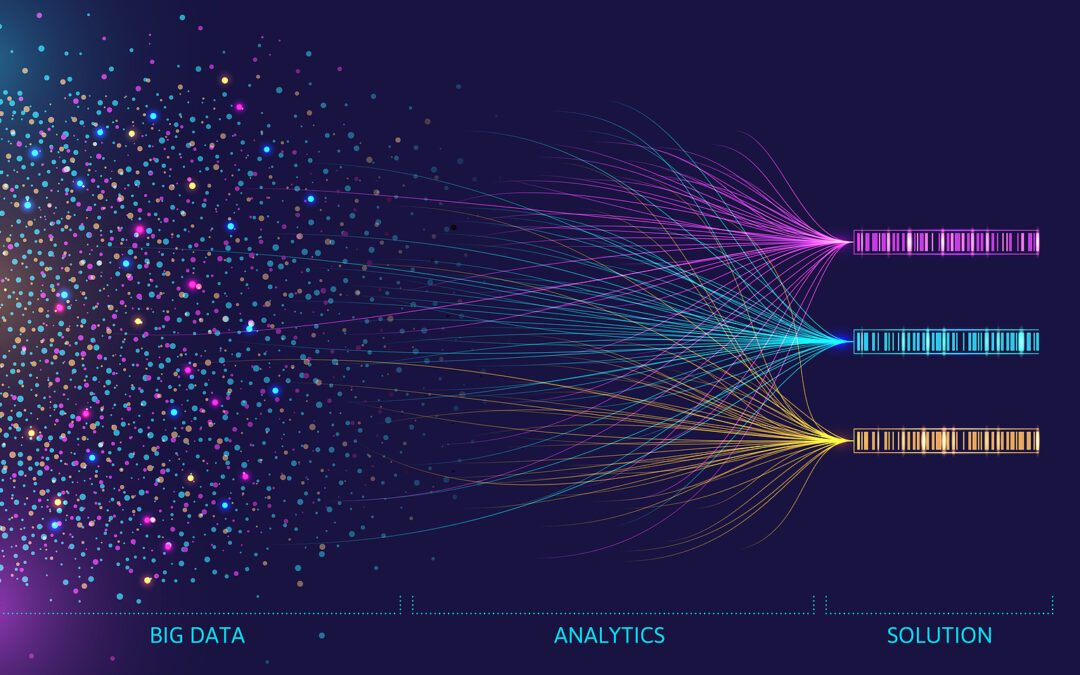
by Michael Covarrubias | Jul 10, 2023 | Data Dictionary, Data Profiling, Front Page, Governance
There is a common expression in technology domains being “garbage in, garbage out”. The expression was popular in the early days of computing and is even more relevant today as we utilize innovative technologies such as machine learning and artificial intelligence,...

by John Wang | Jul 13, 2022 | Build Automation, Data Dictionary, Data Lineage, Data Profiling, Enterprise Semantic Model, Governance, Integration and Data Store Design, Mapping and Transformation, Reference Data
From the humble beginnings of ARPANET, the development of the computer and the internet has revolutionized the ways in which we perceive the world. As the endless deluge of information streams across our screens, one can’t help but feel overwhelmed. Indeed, one of the...

by Michael Covarrubias | Jul 13, 2022 | Build Automation, Data Dictionary, Data Lineage, Data Profiling, Enterprise Semantic Model, Governance, Integration and Data Store Design, Mapping and Transformation, Reference Data
Too often we get caught up on desired outcome because we “know” what we want. We don’t take the time upfront to organize and ensure we have a foundation for how to move forward. Very similar to the approach I would take as a child getting a brand-new Lego set. Of...

by James Meyer | Jun 13, 2022 | Build Automation, Data Dictionary, Data Lineage, Data Profiling, Enterprise Semantic Model, Governance, Integration and Data Store Design, Mapping and Transformation, Reference Data
In part 1 of this blog series post we discussed the need for a data model and how this supports the data platform. In part 2 of this blog series the focus will be on the considerations of processing of the data volume, velocity, variety, and value. The content will...

by James Meyer | May 9, 2022 | Build Automation, Data Dictionary, Data Lineage, Data Profiling, Enterprise Semantic Model, Governance, Integration and Data Store Design, Mapping and Transformation, Reference Data
As I started writing this piece, it became a bit longer because this question really involves two pieces, neither of which can be adequately addressed in a short form narrative. As a result, two related blog posts were created. One blog post, which you are reading...








